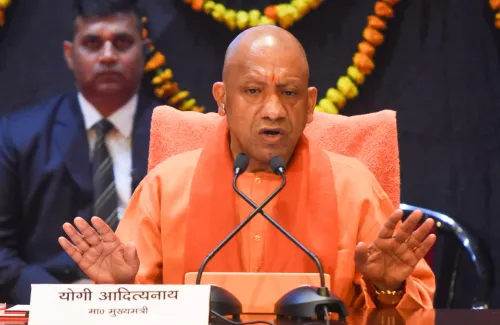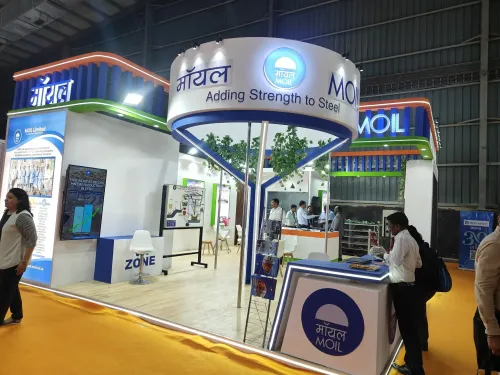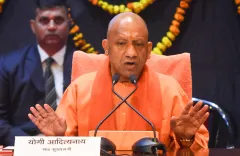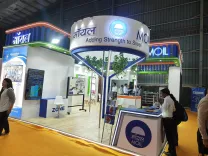How is Chennai Tackling the Surge in Dengue Cases?

Synopsis
Key Takeaways
- Chennai's dengue cases are rising sharply.
- Adyar is the most affected area.
- Over 23 tonnes of waste were cleared in June.
- Public participation is vital in prevention efforts.
- Dengue cases typically peak from August to October.
Chennai, July 21 (NationPress) As the city prepares for the peak dengue season, the Greater Chennai Corporation (GCC) has ramped up its efforts in vector control and source reduction strategies due to a notable increase in dengue cases this year. From January until July 8, 2025, the city reported 522 cases, a rise from 381 cases during the same timeframe in 2024.
The GCC's vector control department is focusing its initiatives particularly in high-incidence areas. Adyar has emerged as the most affected locality this year with 111 cases, followed by Shollinganallur with 63 cases.
In June alone, over 23 tonnes of waste were removed from the city, including 2,690 kg of used tyres and 20,455 kg of various containers that can hold water, to eliminate potential mosquito breeding sites.
Notably, Adyar accounted for the highest volume of waste removal at 3,596 kg. Officials have observed that Aedes mosquitoes, responsible for dengue transmission, often breed in clean stagnant water found within homes.
“Water collected in unused tyres, broken containers, sunshades, and refrigerator trays can all serve as breeding grounds,” stated a vector control officer with the GCC.
Historically, Adyar has consistently reported the highest number of dengue cases in the city, with over 250 cases logged in both 2023 and 2024. In contrast, areas like Royapuram and Tondiarpet generally report fewer cases, averaging around 57 to 63 annually.
Nonetheless, public health experts warn that these statistics may reflect improved disease reporting in certain areas rather than an actual increase in incidence. Residents of lower-reporting zones, such as Old Washermanpet, claim that many cases remain unreported.
Dengue cases in Chennai typically spike between August and October, with the peak occurring in September and October. This pattern aligns with findings from the World Health Organisation’s 2020 Dengue Bulletin and analysis by Tamil Nadu’s Directorate of Public Health.
Intermittent rains during the southwest monsoon create favorable conditions for mosquito breeding, while heavier northeast monsoon rains often wash away larvae. Dr. T.S. Selvavinayagam, Director of Public Health, noted two significant dengue outbreaks in Tamil Nadu — in 2012 (13,204 cases) and in 2017 (23,294 cases).
“We have about 10 days to act before the next breeding cycle commences,” he cautioned, emphasizing the need for proactive vector control.
While some residents attribute ongoing infrastructure projects like the Metro Rail and stormwater drains as obstacles to effective vector control, officials assert that efforts are continuously being made.
“We have 2,400 domestic breeding checkers inspecting over 500 homes weekly throughout the year,” stated a senior official.
“Fogging operations and penalties are enforced wherever dengue cases are reported. However, public participation is essential; maintaining clean surroundings is the most effective preventive measure.”










